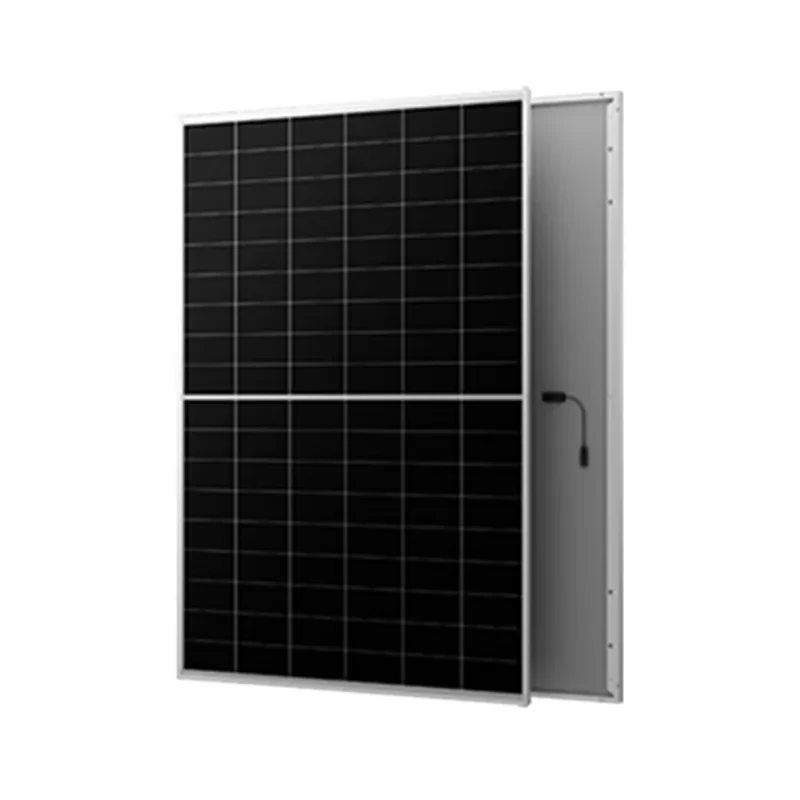solar bifacial panels
The Rise of Solar Bifacial Panels Harnessing Energy from Both Sides
As the global demand for renewable energy continues to escalate, solar energy remains at the forefront of sustainable technologies. Among the innovations in this field, bifacial solar panels have gained momentum as an efficient and versatile solution for harnessing solar power. Unlike traditional solar panels that convert sunlight from one side, bifacial panels can absorb light from both the front and the rear, significantly enhancing their energy output.
Understanding Bifacial Technology
Bifacial solar panels are constructed with photovoltaic cells on both sides, allowing them to capture direct sunlight as well as reflected sunlight from the ground or nearby surfaces. This dual-facing design can increase electricity production by up to 30% or more, depending on various factors like installation height, ground reflectivity, and geographical location. Typically installed in areas with bright, reflective surfaces—such as white rooftops or snowy regions—bifacial panels maximize energy capture while minimizing land requirements.
Key Advantages of Bifacial Panels
1. Enhanced Energy Efficiency The primary advantage of bifacial panels is their ability to produce more energy than traditional panels. This is particularly beneficial for large-scale solar farms and commercial installations, where higher energy yields translate directly into increased revenues.
2. Longevity and Durability Bifacial solar panels are often made with robust materials designed to withstand harsh weather conditions. Many manufacturers offer warranties that extend beyond conventional panels, reflecting a commitment to long-term performance and reliability.
solar bifacial panels

3. Reduced Land Footprint Given their increased energy output, bifacial panels require less land area for the same power generation capacity when compared to monofacial panels. This is especially vital in regions where land is scarce or expensive, allowing developers to optimize space usage.
4. Aesthetic Appeal With their sleek design, bifacial panels can be more visually appealing than traditional solar technologies, particularly in urban areas where aesthetics play a significant role in acceptance and integration into the environment.
Challenges and Considerations
While bifacial panels present numerous benefits, there are also challenges to consider. The initial cost of installation can be higher due to the advanced technology and materials used. Additionally, the overall performance of bifacial panels heavily depends on their positioning and the surrounding environment. Effective installation strategies, such as using mounting systems that optimize the angle of incidence for improved light capture, are crucial for maximizing their potential.
Future Prospects
With the ongoing advancements in photovoltaic technology, the future of bifacial panels looks promising. Research and development are focusing on improving efficiency, lowering production costs, and enhancing the design for better integration into various settings. As governments and organizations around the world strive for carbon neutrality, the adoption of bifacial solar panels is expected to increase significantly, further driving innovation in the renewable energy sector.
In conclusion, solar bifacial panels represent a significant leap forward in solar technology. As their efficiency and potential become increasingly recognized, they are poised to play a major role in the transition toward sustainable energy solutions. By harnessing the sun's power from both sides, we can not only enhance energy production but also contribute to a cleaner and greener future for our planet.
-
Understanding the Advantages of Solar String Inverters for Your Energy SystemNewsApr.29,2025
-
Choosing the Right PV Inverter: A Comprehensive GuideNewsApr.29,2025
-
The Future of Solar Power: Exploring Bifacial Solar PanelsNewsApr.29,2025
-
The Complete Guide to Solar Panels: Efficiency, Cost, And InstallationNewsApr.29,2025
-
The Best Options for Efficiency and Cost-EffectivenessNewsApr.29,2025
-
Harnessing the Power of Off-Grid Solar Inverters for Energy IndependenceNewsApr.29,2025







